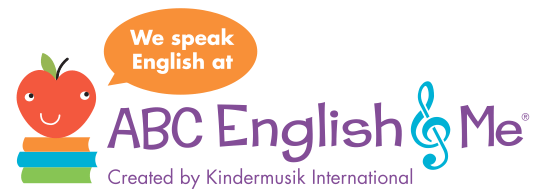Are you familiar with the old George and Ira Gershwin song, “Let’s Call the Whole Thing Off”? They wrote it for the 1937 film Shall We Dance, starring Fred Astaire and Ginger Rogers. Sing with us:
“You like potato and I like potahto
You like tomato and I like tomahto
Potato, potahto, Tomato, tomahto.
Let’s call the whole thing off.”
[youtube]https://www.youtube.com/watch?v=zZ3fjQa5Hls[/youtube]
In the song, the two characters sing about their differences, primarily around the way they pronounce certain words. We love that song (and movie clip) even more after reading a new early language development study from the University of Toronto.
Toddlers and early language development
In the early language development study, researchers set out to investigate if and how children in the early stages of learning their first language come to understand words spoken in different regional variants of their native language. (“You like potato and I like potahto!”) For example, English spoken in England sounds different from English spoken in Australia or the United States, not to mention the multiple dialects found within regions of countries.
The team found that toddlers are remarkably good at comprehending speakers who talk with regional accents, even if the accent is new to the children. Although initially in the study, children as young as 15 months old could not comprehend unfamiliar accents, they quickly learned to understand after hearing the speaker for a short time.
“Fifteen-month-olds typically say relatively few words, yet they can learn to understand someone with a completely unfamiliar accent,” explained Elizabeth K. Johnson, associate professor with the University of Toronto’s Psychology department in a press release. “This shows that infants’ language comprehension abilities are surprisingly sophisticated.”
ELL students and early language development
While the University of Toronto study focused on a toddler’s first language, it highlighted the incredible language-learning abilities of very young children. Children under the age of 8 who learn a second language are more likely to speak like a native speaker and also show marked improvements in their first language. Our ESL curriculum, ABC English & Me, uses English songs for kids in an immersion environment filled with music and movement. In addition to the ESL curriculum in the classroom, ABC English & Me includes materials for families to use together at home to support a parent’s role as a child’s first teacher and further develop English language skills. Try this ESL activity for kids:
Find & Count: Where’s the Frog?
 Young children love to search for hidden or missing items. Following the English language directions in the video, and then finding (and saying hello to!) the frogs, fish, and ducks, provides young ELL students much-needed feelings of mastery and success in English.
Young children love to search for hidden or missing items. Following the English language directions in the video, and then finding (and saying hello to!) the frogs, fish, and ducks, provides young ELL students much-needed feelings of mastery and success in English.
Learn more about bringing ABC English & Me and the power of music to your school!
Contributed by Lisa Camino Rowell who prefers tomatoes but will eat a tomahto or two on occasion.








